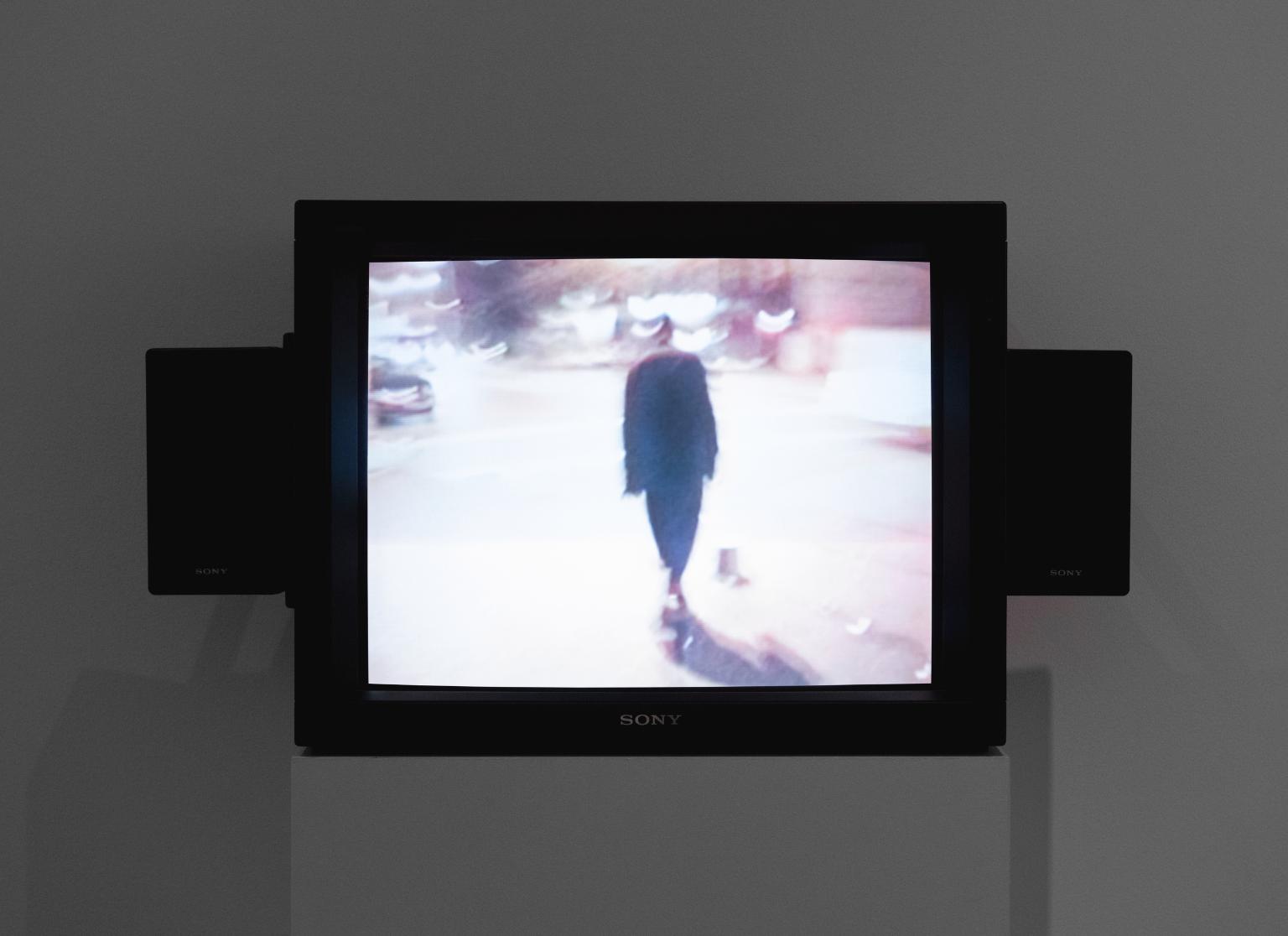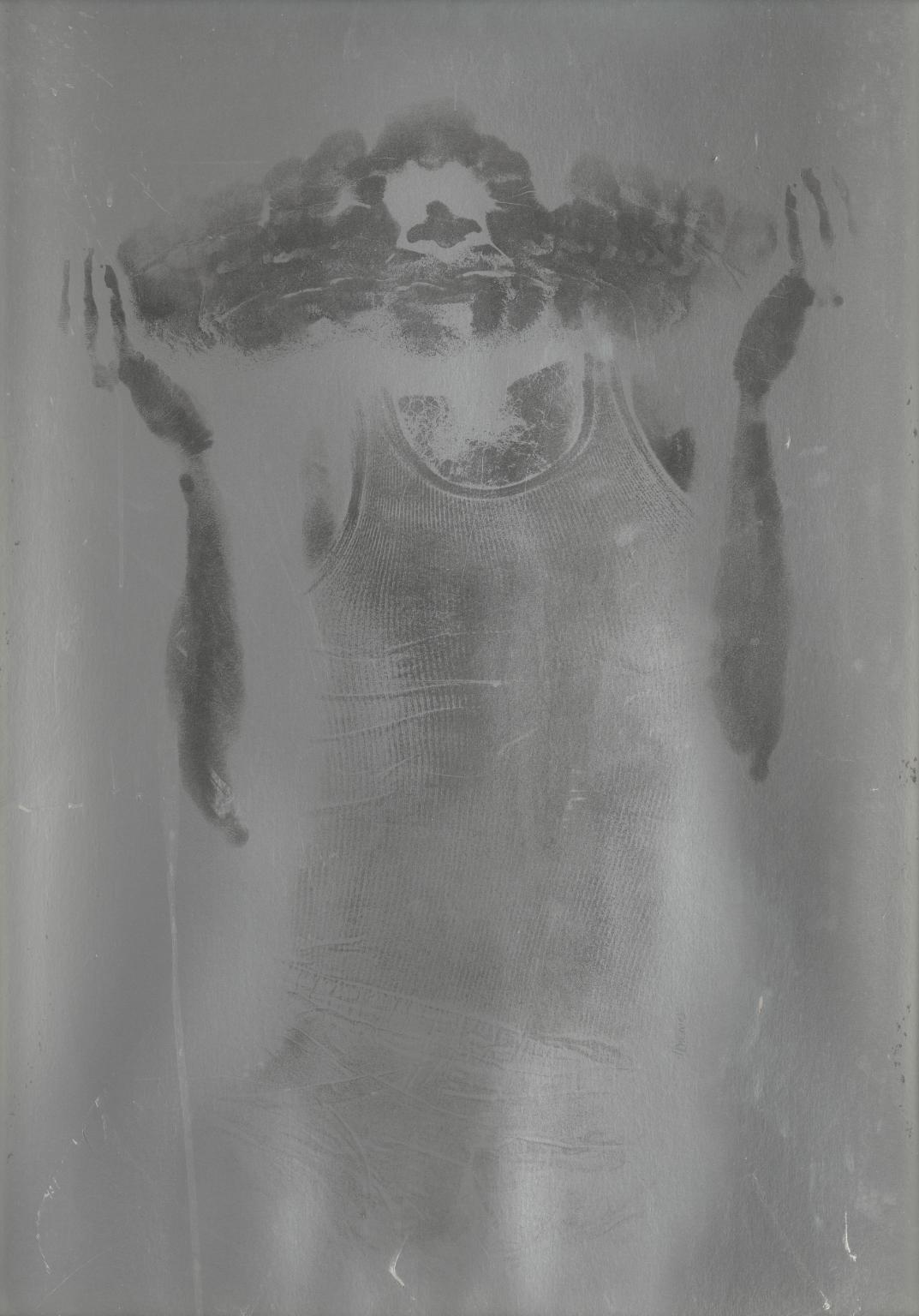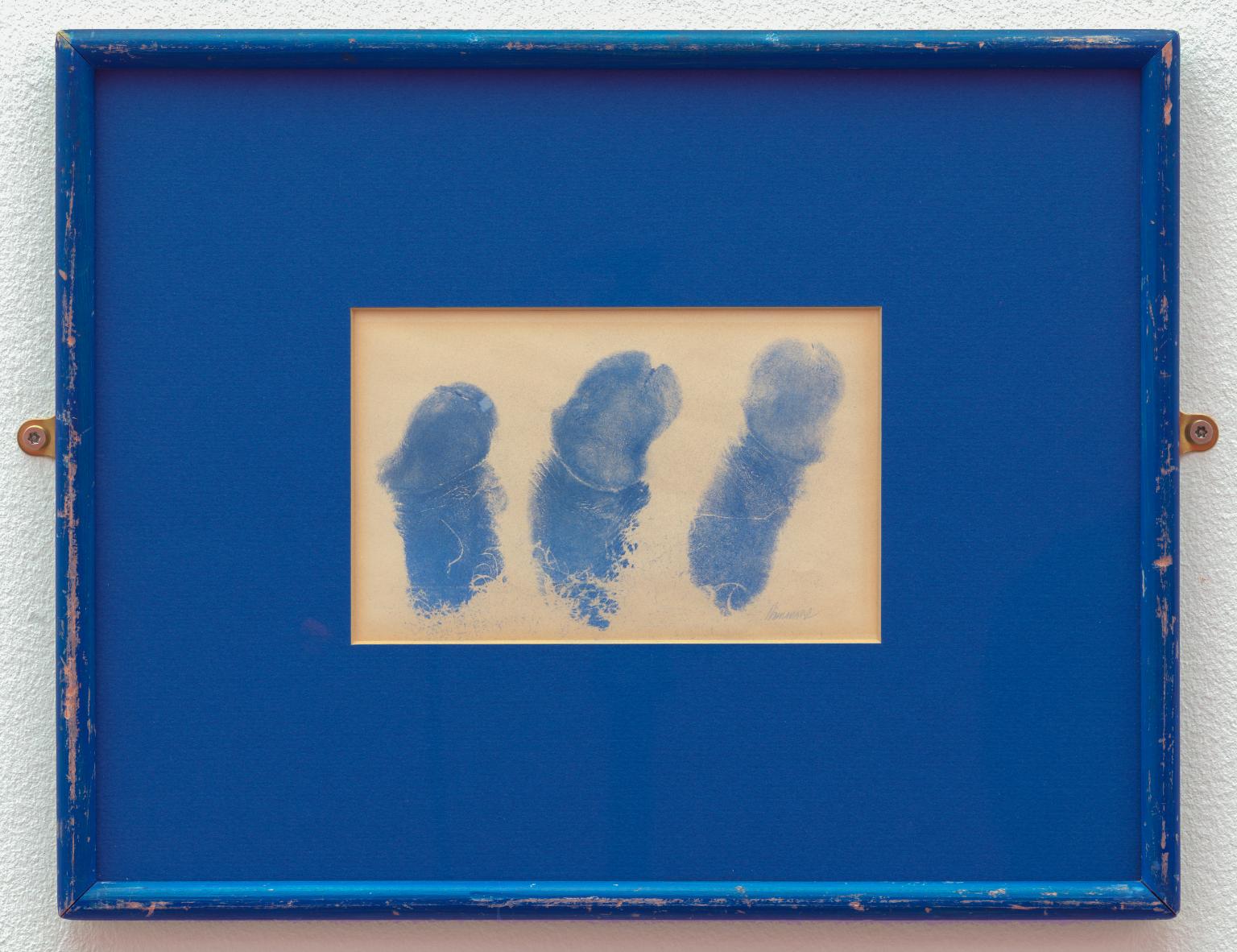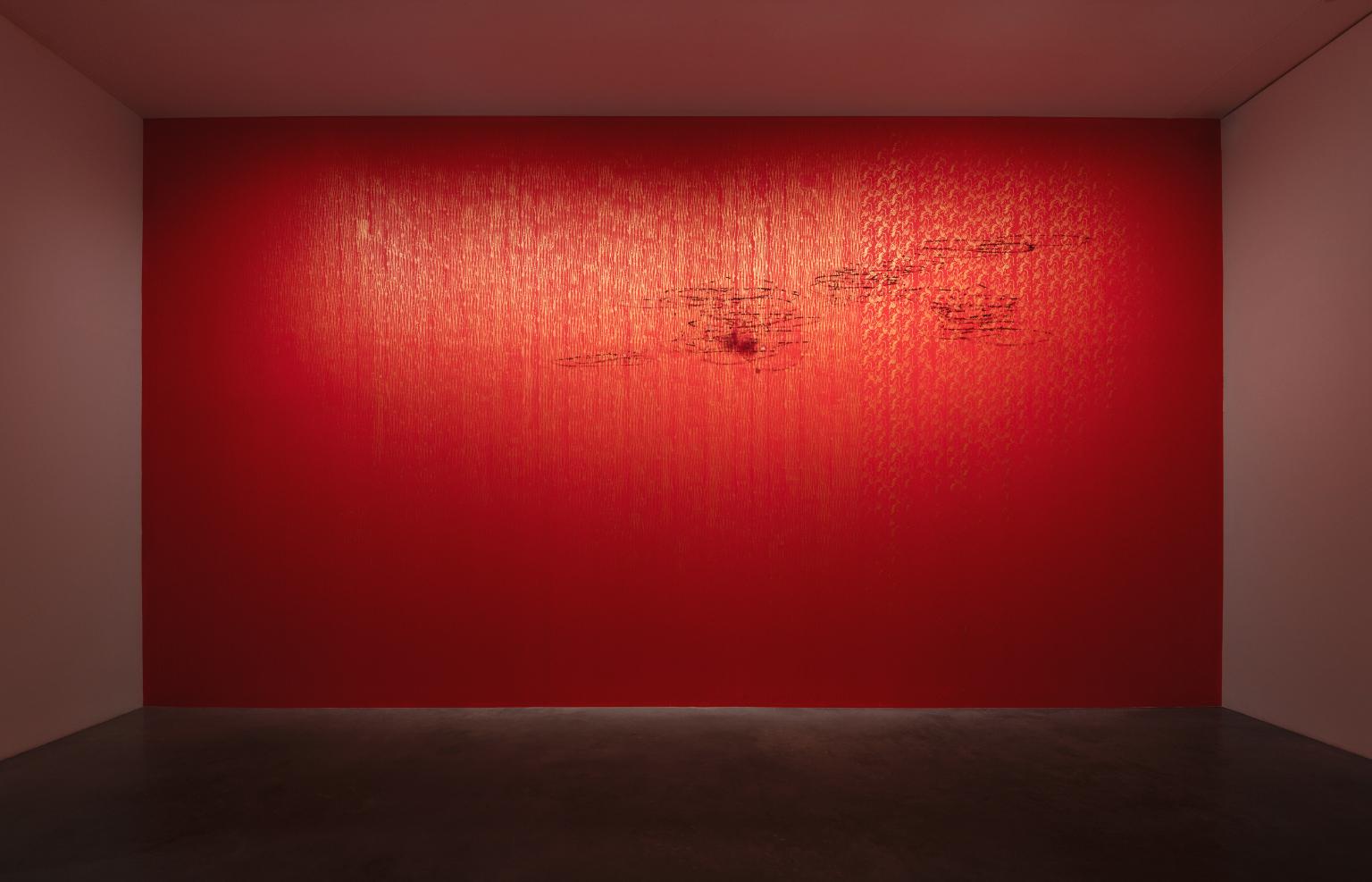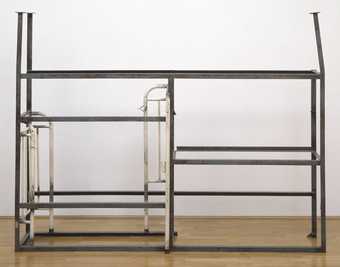Art that reflects on the violence and displacement caused by colonialism, discrimination, poverty and war
Much of Salcedo’s work was made in response to the long-running conflicts and cycles of violence that have affected her homeland, Colombia, for many decades. She spends time with victims of violence, listening to their first-hand experiences. Her sculptures are often composed of found objects such as furniture and everyday domestic items, manipulated to evoke a sense of trauma and loss.
This room includes some of her earliest sculptures. They were made in 1986-7, specifically for the XXXI National Salon of Colombian Artists in Medellín. At the time, Medellín was the centre of Pablo Escobar’s drug cartel. Economic hardship and the constant threat of violence led many young men to take up work as drug runners and hired assassins. Salcedo used discarded hospital furniture as a focus for a meditation about the tragic cycle of life and death. Various bed frames, a crib, and a gynaecologist’s foot stool have been cut and reassembled to produce unnerving standing structures, each deliberately discoloured and covered with dust.
Also in this room are some of the digital visualisations created by Salcedo before she installed Shibboleth 2007 at Tate Modern. This 548-foot-long crack in the floor of the Turbine Hall was intended to highlight the divisions and vulnerabilities that institutions and societies often seek to hide. Though it was later filled with concrete, the crack left a scar in the architecture that is still visible.
Tate Modern
Natalie Bell Building Level 4 West
Room 3
24 December 2018 – 23 June 2024
Art in this room
